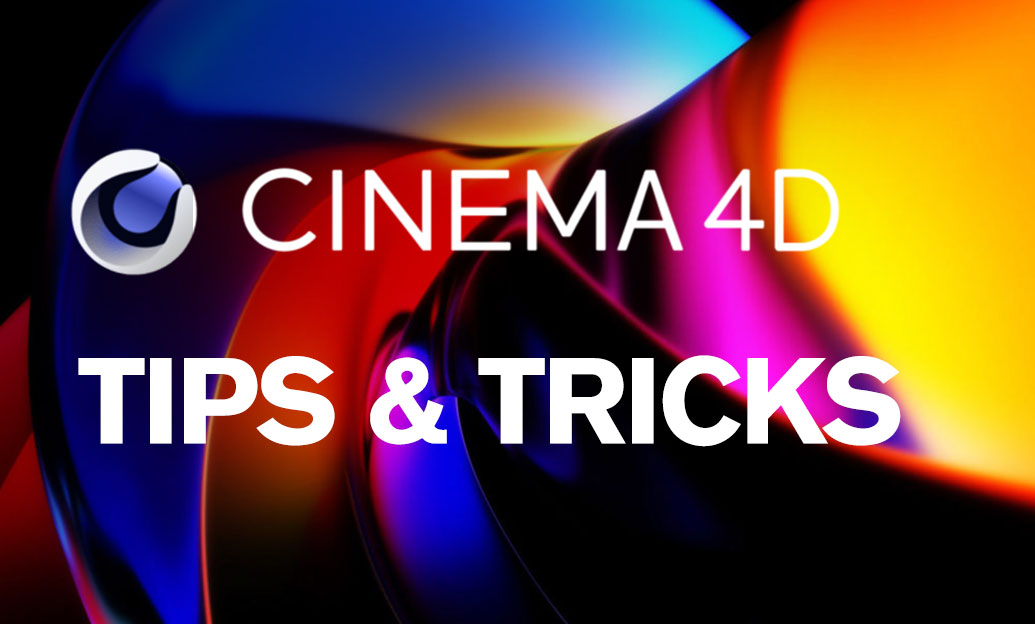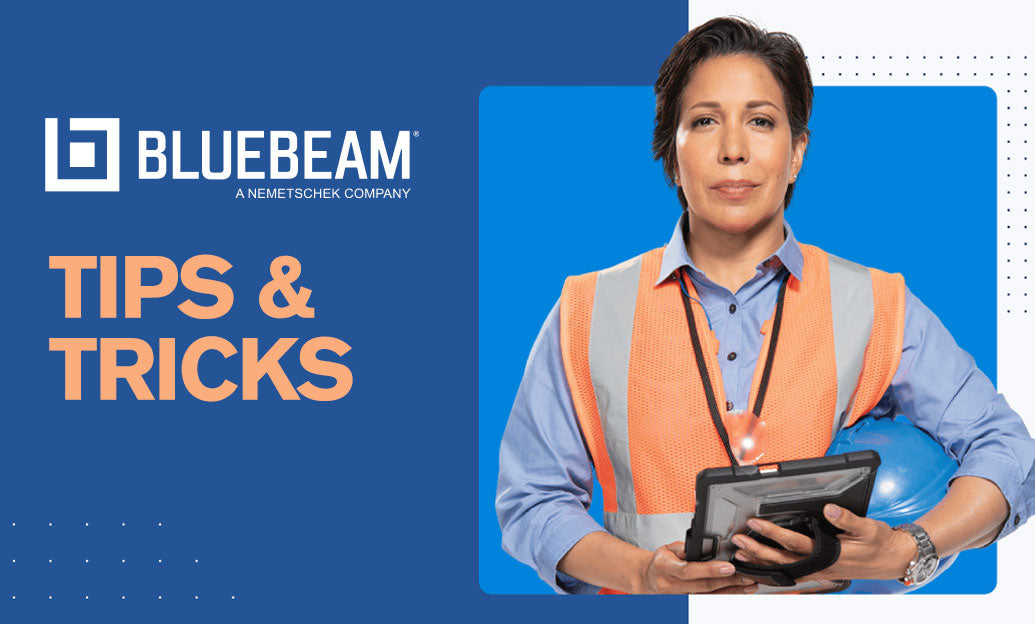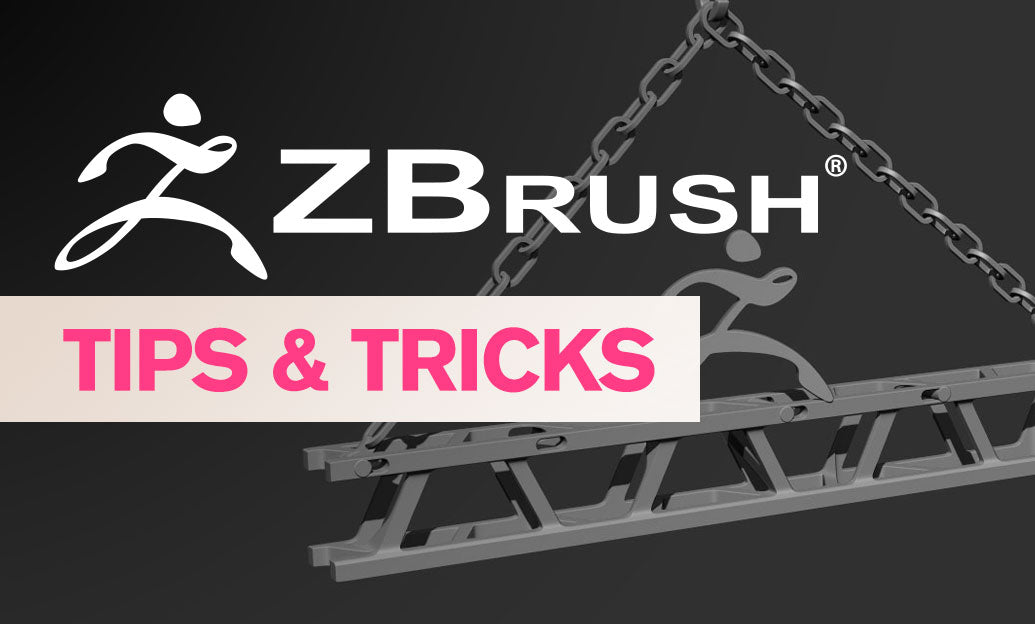Your Cart is Empty
Customer Testimonials
-
"Great customer service. The folks at Novedge were super helpful in navigating a somewhat complicated order including software upgrades and serial numbers in various stages of inactivity. They were friendly and helpful throughout the process.."
Ruben Ruckmark
"Quick & very helpful. We have been using Novedge for years and are very happy with their quick service when we need to make a purchase and excellent support resolving any issues."
Will Woodson
"Scott is the best. He reminds me about subscriptions dates, guides me in the correct direction for updates. He always responds promptly to me. He is literally the reason I continue to work with Novedge and will do so in the future."
Edward Mchugh
"Calvin Lok is “the man”. After my purchase of Sketchup 2021, he called me and provided step-by-step instructions to ease me through difficulties I was having with the setup of my new software."
Mike Borzage
Unlock Immersive Design: 5 Essential Enscape Features for Transforming CAD Models into VR Experiences
June 29, 2025 6 min read


Enscape has become the connective tissue that instantly transforms CAD or BIM geometry into headset-ready immersive experiences. Mastering just five of its built-in capabilities pushes a project far beyond static visualization, unlocking realism, real-time interactivity, and a level of stakeholder engagement that conventional renderings rarely achieve.
Real-Time Path Tracing & Global Illumination
The most dramatic leap in visual fidelity occurs the moment real-time path tracing is activated. Instead of relying on screen-space hacks or baked lightmaps, Enscape now calculates physically accurate light bounces, soft-edge shadows, and subtle color bleeding every frame. The benefit is twofold: lighting decisions can be evaluated in seconds, and the same solution drives both monitor previews and headset output, eliminating guesswork between design intent and review day.
Production workflows traditionally required offline passes, denoising, and compositing queues. Inside Enscape, the identical effect arrives at 72+ frames per second provided the GPU has sufficient RT cores. This eradicates overnight render farms and enables “what-if” scenarios during live charrettes. Designers can orbit, swap finishes, or punch additional skylights while seated next to a client, watching light redistribute instantly.
- Keep devices in “Draft” quality while modeling; switch to “High” or “Ultra” only for sign-off demonstrations. The toggle moves irradiance samples from one to four bounces without touching geometry.
- Monitor reflection and translucency counts. A fully mirrored lobby plus double-pane glass partitions may halve headset performance. Dial back certain materials or exclude them from ray visibility to sustain comfort thresholds.
- Schedule GPU driver updates before major milestones. Newer builds often improve BVH construction speeds, providing free milliseconds in the render budget.
With path tracing enabled, previously flat interiors gain nuanced atmosphere: pendant luminaires scatter warm highlights across knurled metal stair rails, daylight cascades through clerestories, and interior glazing inherits a faint tint from nearby branding colors. All of it appears exactly as the eye expects, reducing cognitive dissonance and heightening emotional resonance inside VR.
Advanced Material Editor (PBR Workflow)
A photoreal lighting engine is powerless without surfaces that respond plausibly. Enscape consolidates albedo, metallic, roughness, normal, displacement, clearcoat, and sheen into one streamlined interface, embracing the same PBR workflow that drives film production. Material fidelity becomes especially critical when users lean forward inside a headset; pixel density magnifies every imperfection, so tiled 1k textures or outdated specular maps quickly break immersion.
Experienced visualizers import 4k or 8k texture sets uncompressed, then iterate on roughness ranges before applying any optimization. Only after headset tests confirm no visible tiling or shimmering should textures be reduced via Adobe Substance or Designer tools. Automotive studios often leverage the clearcoat layer to stack a glass-like lacquer atop metallic flakes, while consumer-electronics teams tweak sheen to mimic woven polycarbonate or soft-touch polymers.
- Displacement yields convincing brick reveals or terrazzo aggregates, yet every parallax step costs memory. Combine low-amplitude displacement with parallax occlusion shading to retain depth cues for skirting boards or façade panels without adding polygons.
- Maintain consistent texel density across parts. A rough-sawn timber joist rendered beside a high-res marble countertop must share scale to avoid visual imbalance.
- When collaborating with Revit or Archicad teams, label materials identically in both programs. Enscape’s live-link then maps the correct Physically Based fields automatically, preventing last-minute VR surprises.
The reward is tangibility. Conference attendees run their virtual fingers across weathered corten, or evaluate glare off satin chrome fixtures under direct sunlight. The simulation of micro-scale scattering reassures decision makers that specified finishes will behave as intended when built.
Asset Library & Custom Asset Importer
No amount of geometry accuracy sells scale like meaningful entourage. Enscape ships with thousands of drag-and-drop pieces—vegetation, furniture, vehicles, and people—each tuned for renderer and GPU efficiency. Assets use purpose-built shaders that align specular response with the core path tracer, ensuring foliage translucency, cloth subsurface scatter, and animated leaves all maintain identical energy conservation.
However, signature spaces often require proprietary objects. The custom asset importer ingests FBX, GLTF, or OBJ files, assigns PBR channels, and packages them into the same binary footprint as native items. Teams can therefore support branded retail fixtures, medical devices, or bespoke wayfinding sculptures without resorting to external plug-ins.
Three VR advantages emerge:
- Accurate scale references minimize the classic “dollhouse” effect. Wearing a Quest 3, a user instantly trusts room proportions when a standing figure or full-size gurney matches their own metrics.
- Subtle motion within animated assets reduces sensory conflict. Swaying trees or casual pedestrian loops provide external cues that complement internal vestibular input, lowering the probability of simulator sickness.
- Designers can withhold heavy entourage until export time. During early planning, placeholders keep file size nimble; a batch replace swaps them for high-fidelity counterparts moments before generating the VR package.
Iterative placement is nearly frictionless. A coffee shop concept might begin with rough Revit families, evolve into detailed mesh chairs from the library, and culminate in branded ceramics imported via the custom pipeline—all while preserving material consistency and collision geometry for VR walkthroughs.
Atmosphere & Time-of-Day Controls
Spatial comprehension improves dramatically when environmental lighting mirrors real-world diurnal cycles. Enscape exposes real-time sliders for solar azimuth, altitude, cloud density, atmospheric haze, and volumetric fog. Designers can orchestrate experiential narratives in seconds: a tranquil dawn bathes exposed concrete in amber, noon glare tests shading devices, twilight spotlights accentuate signage, and midnight streetlamps test CPTED guidelines.
Synchronizing geolocation data from BIM ensures solar studies align with regulatory requirements for daylight autonomy or photovoltaic placement. Inside VR, the effect transcends compliance; users instinctively perceive changing warmth and shadow length, evoking visceral emotional responses.
Depth cues become richer once volumetric fog is layered into atria or concert halls. Light shafts highlight ceiling coffers, guiding the eye toward key program areas. Presenters often pre-assign three or four temporal presets to a controller button: tapping cycles the audience from morning welcome to noon bustle to evening gala, all without removing the headset.
- Set cloud keyframes to animate across a panorama. Slow movement reinforces the passage of time while preserving performance.
- Pair atmosphere adjustments with global illumination resets. Dramatic sunset skies often warrant a higher exposure compensation or an HDRI swap to maintain luminance accuracy.
- Use haze strategically to mute distant geometry, directing attention toward the design intervention rather than the broader context model.
VR Export & Panorama Sharing Suite
All the above tools culminate in the final deliverable: an experience stakeholders can launch independently. Enscape’s one-click Standalone Executable packages geometry, textures, lighting, and sky into a self-contained app for Windows or Mac. Whether tethered to a high-end PCVR rig or sideloaded to a standalone headset, the file preserves the same lighting accuracy seen during design sessions.
For lighter distribution, the panorama generator captures 360° equirectangular frames at chosen resolutions, uploads them to Enscape’s secure cloud, and produces QR codes or WebXR links. A smartphone drops into a cardboard viewer, or a browser session opens with gyroscopic panning—no installation necessary. Stakeholders in different time zones can annotate directly on-screen; comments sync back to the author’s BIM platform, ensuring iterative loops remain centralized.
The sharing suite embraces version control: when design alternates are saved, previous links persist but flag a new revision, preventing confusion about which scheme is current. Metadata channels can piggyback on IFC parameters, allowing viewers to click a chair and reveal upholstery specifications, warranty data, or procurement status inside VR.
- Opt for lossless texture packing for medical or aerospace projects where color accuracy is non-negotiable; consumer retail scenes can tolerate JPEG compression to reduce download size.
- Encrypt standalone builds containing proprietary innovations by enabling password protection and time-limited keys before distribution.
- During hybrid presentations, project the headset view onto a projector while remote teams explore the same panorama link, creating a coordinated multi-platform review.
These export pathways effectively democratize high-end visualization. The barrier to entry is no longer a $5,000 workstation; a modest laptop or phone can access the same scene the design team authored, broadening input to facilities managers, investors, and even end-users.
Conclusion
Harnessing real-time path tracing, mastering the PBR material editor, populating scenes with optimized assets, choreographing atmosphere shifts, and leveraging the export suite turns a basic BIM model into multisensory VR storytelling. Teams iterate faster, articulate intent more vividly, and win earlier alignment from clients and consultants because proposals are experienced, not merely observed.
Enscape’s rapid release cadence continues to refine these capabilities—adding neural denoisers, hybrid cloud rendering, and AI-assisted asset tagging. By embedding the five proficiencies outlined above into daily practice, designers future-proof their visualization pipeline, ensuring they remain at the forefront of an industry where immersive communication becomes the norm rather than the novelty.
Also in Design News

Cinema 4D Tip: Maximizing Animation Dynamics with the Squash and Stretch Deformer in Cinema 4D
October 11, 2025 3 min read
Read More
Bluebeam Tip: Streamline Document Management with Bluebeam Revu's Batch Slip Sheet Feature
October 11, 2025 2 min read
Read More
ZBrush Tip: Enhancing Workflow Efficiency through Strategic Project Organization in ZBrush
October 11, 2025 2 min read
Read MoreSubscribe
Sign up to get the latest on sales, new releases and more …


